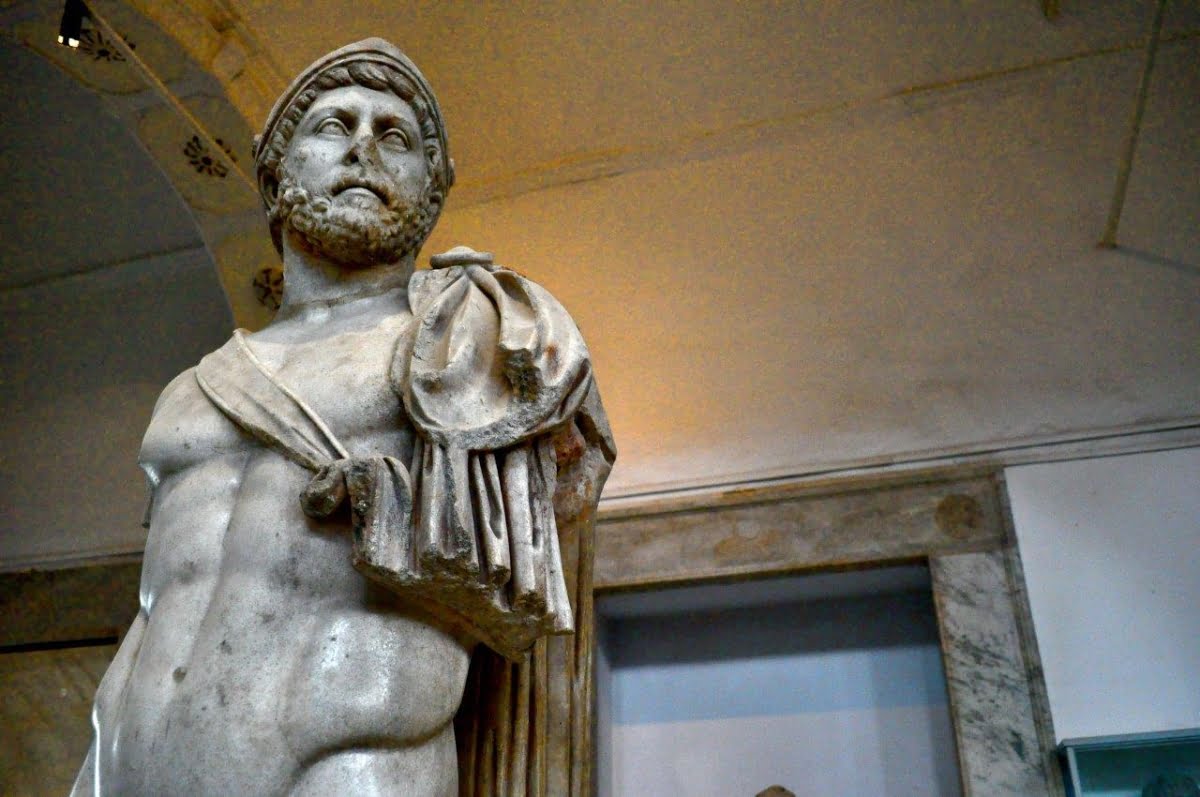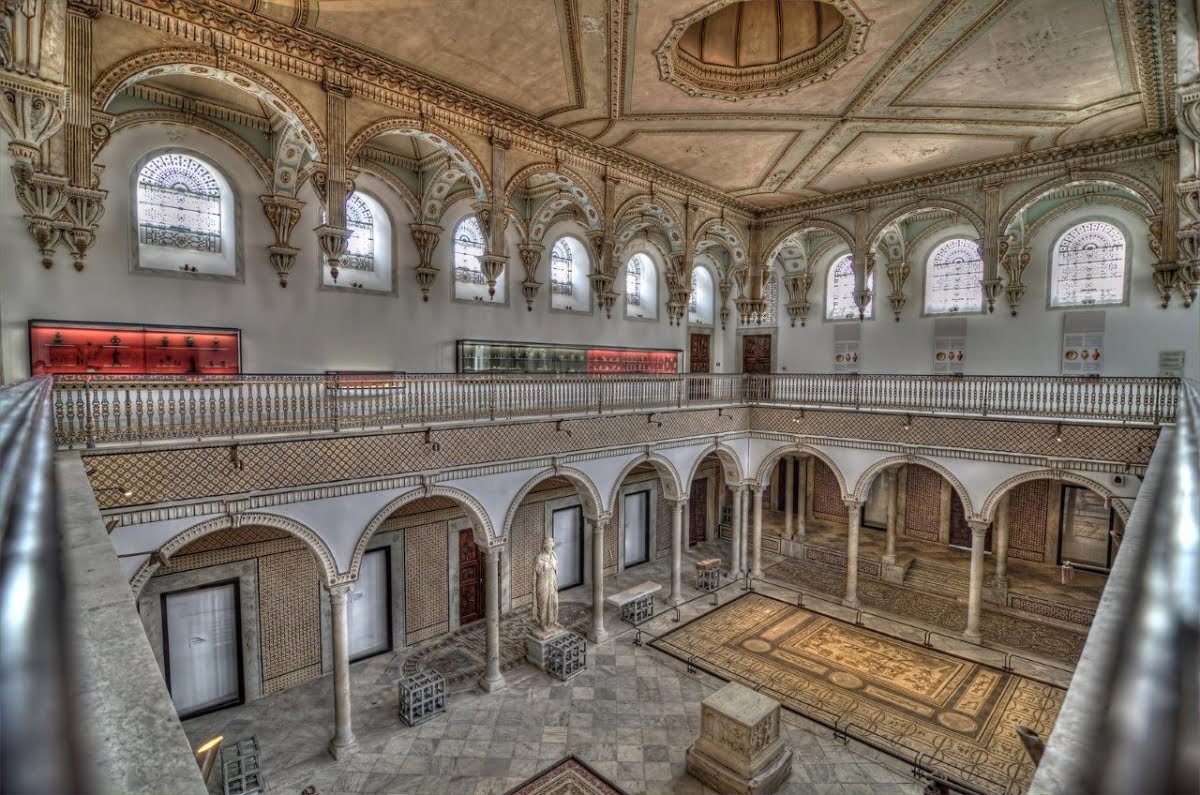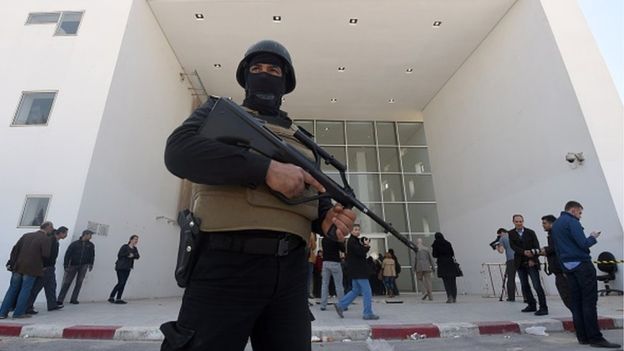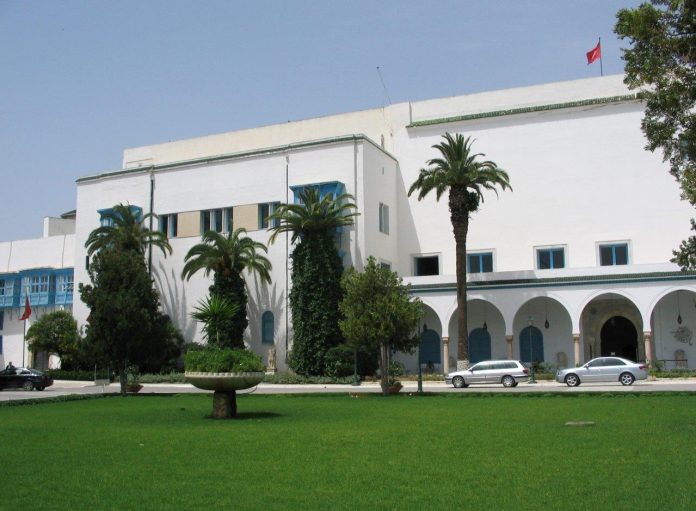Bardo Museum’s head of security was sacked after 21 people, including a museum security officer, European tourists and Australian, Javier Carmelo, were murdered by Islamist militants at Bardo Museum in Tunis.
Along with Bardo Museum’s head of security, Tunisia’s Prime Minister Habib Essid also sacked the head of tourist security, the head of intelligence, local police chiefs and a traffic police commander.

Statue of Roman Emperor, Hadrian, who ruled from 117-138 AD
As well as highlighting the career-ending consequences security teams face if their systems and procedures fail to thwart terror attacks, the killings at the Bardo Museum again underline the limitations of electronic security solutions when faced with extreme violence.
Footage from Bardo CCTV cameras clearly shows gunmen armed with automatic weapons and grenades methodically hunting tourists inside the museum. But just as the access control system failed to protect staff at the offices of Charlie Hebdo, the cameras simply provide a record of the horrific events, they are no deterrent to this level of violence unless supported by onsite armed response.

A magnet for tourists, the Bardo is one of the Mediterranean's most magnificent museums. Its vast collection represents thousands of years of civilisation, from Carthage, Hadrumetum, Dougga, and Utica in Tunisia, to Greece and Roman Africa. Its 4000 pieces include the world’s greatest collection of Roman mosaics, as well as priceless Punic-Libyco statues and artworks.
Now scarred by bullets and shrapnel, the Bardo has since reopened. After visiting recently, Lebanese tourist Vola Abboud told The Associated Press, “…You see this special art people did, the people’s history…and now you see the ugly people, this is what they did…”♦

Tunisia's Armed forces now protect Bardo Museum











